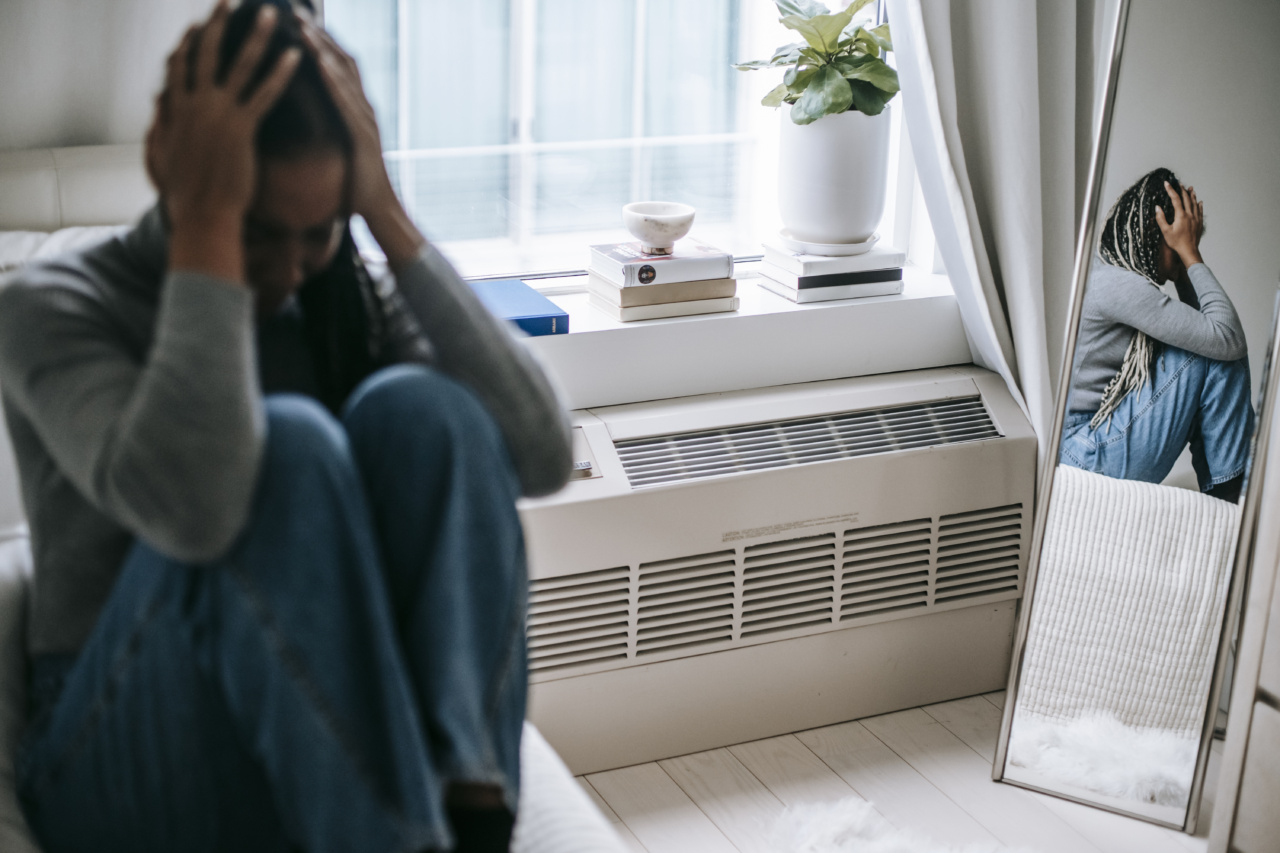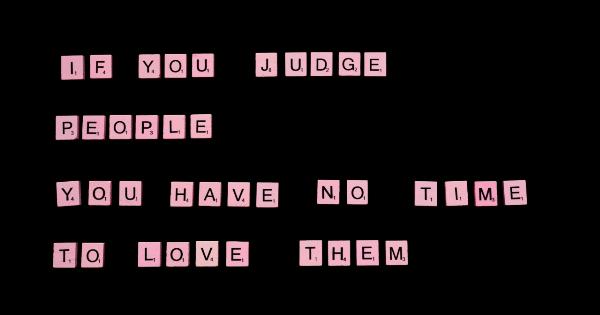Anxiety can manifest in various ways, and recognizing the symptoms of an anxious mind is the first step in seeking help and treatment.
Anxiety is a normal human emotion, but when it becomes excessive and interferes with daily life activities, it can be an indication of an anxiety disorder. Here are ten indicators of an anxious mind:.
1. Constant worry and fear
One of the most common symptoms of an anxious mind is constant worry and fear. While it is normal to worry about things from time to time, it becomes a problem when it becomes excessive and causes significant distress or impairment in daily functioning.
People with anxiety disorders may worry about a wide range of issues, such as their health, finances, relationships, work, or school.
2. Physical symptoms
Anxiety disorders can also cause physical symptoms, such as muscle tension, headaches, fatigue, GI problems, and insomnia. Physical symptoms may exacerbate anxiety, causing a negative feedback loop between anxiety and physical symptoms.
3. Avoidance behavior
People with anxiety disorders may avoid situations or activities that trigger their anxiety. They may avoid social situations, public speaking, or any situation that might make them feel embarrassed or self-conscious.
Avoidance behaviors may disrupt everyday life and lead to further isolation and depression.
4. Restlessness or agitation
Those experiencing anxiety may experience feelings of restlessness or agitation, making it difficult to sit still or relax. Some may also experience physical signs of anxiety during restlessness like shaking or trembling.
5. Obsessive thinking and compulsive behavior
Obsessive thinking may take the form of intrusive thoughts or fears that consume an individual’s thoughts and feelings, causing them to perform compulsive behaviors.
Compulsive behaviors may become ritualistic and include repeated hand washing, counting, or checking objects in an attempt to control anxiety.
6. Panic attacks
Individuals may experience sudden panic attacks characterized by an intense surge of fear or discomfort that reaches a peak within minutes of onset.
Those who experience panic attacks may feel like they are out of control and are experiencing heart palpitations, sweating, chills, or dizziness that can last up to ten minutes, causing significant distress or impacting daily life activities.
7. Irrational fears and phobias
Irrational fears, phobias, or specific anxiety disorders may be present in those with anxiety. These fears can be intense and irrational, causing distress or impacting on daily activities.
Individuals may fear crowds, heights, snakes, or other particular situations that others do not find distressing or threatening.
8. Negative self-talk
Individuals with anxiety disorders may have negative self-talk, pessimistic thinking that can be debilitating and impair daily functioning. They may feel like they are not good enough and have a low self-esteem that further fuels their anxiety.
9. Difficulty focusing
Along with the physical symptoms of anxiety, many people may have difficulty focusing or concentrating. They may find themselves easily distracted and may struggle to complete tasks that require mental acuity.
10. Relationship difficulties
Relationship difficulties may be common signs of anxiety disorders. Those who are anxious might struggle with communication and may often feel misunderstood or judged by their loved ones.
A constant need for reassurance and fear of abandonment can also affect relationships.
Conclusion
Anxiety disorder can happen to anyone, and recognizing the symptoms is crucial to seeking help. It is essential to consult with mental health professionals who can help identify and treat anxiety disorder symptoms.
Remember that anxiety is a treatable condition, and with the right help, individuals can learn to manage their symptoms and work toward a life full of peace and fulfillment.






























